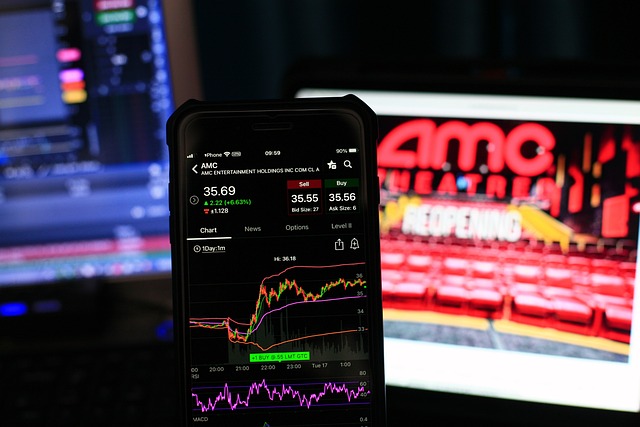Techniques for Mastering Forex Trading in Singapore’s Competitive Market

Navigating the forex trading landscape in Singapore requires more than just basic knowledge of currency movements. To truly excel, traders need to implement advanced techniques that go beyond foundational strategies. In Singapore’s fast-paced and highly competitive financial environment, leveraging sophisticated tools and approaches can be the key to achieving consistent profitability. This article will delve into several techniques that can give traders an edge in the Singaporean forex market.
One powerful approach for enhancing efficiency in trading is the use of automated systems. Given the speed and complexity of the forex market in Singapore, automation allows traders to execute orders faster than manual trading can accommodate. Automated systems can continuously monitor the markets and initiate trades as soon as pre-determined conditions are met. This allows traders to manage multiple currency pairs without being constrained by human limitations, helping them capitalize on opportunities even when they aren’t actively watching the market. Automation also removes emotional decision-making, leading to more disciplined trading.
Another effective technique involves integrating multiple technical analysis indicators to create a comprehensive market view. Technical indicators like the Relative Strength Index (RSI), Moving Averages, and Bollinger Bands are commonly used in forex trading to predict market trends and identify ideal entry or exit points. In Singapore, where rapid price fluctuations are influenced by both local and global economic events, combining indicators can strengthen analysis. For example, using a combination of moving averages and RSI can help a trader spot overbought or oversold conditions, providing more accurate signals for when to buy or sell.
Advanced risk management strategies are also essential for traders operating in Singapore’s volatile forex market. One useful technique is managing risk through currency correlation. Since some currency pairs move in sync with each other, understanding their correlations can help traders mitigate risk by diversifying their portfolio more effectively. For instance, when trading two highly correlated currency pairs, traders can adopt opposing positions to hedge their risk, reducing exposure to unexpected market swings without sacrificing potential profits.
In addition to risk management, utilizing advanced order types is another technique that can enhance trading effectiveness. Beyond the basic stop-loss and take-profit orders, there are more sophisticated options like “OCO” (One Cancels the Other) orders, which can be beneficial for complex trading strategies. Such orders enable traders to set up multiple conditions for trade entry or exit, allowing them to capitalize on opportunities without needing to manually monitor the market constantly. This can be particularly useful for Singaporean traders who are juggling multiple trades in a fast-moving market.
Sentiment analysis is another valuable tool that can be leveraged by forex traders. This technique involves gauging the overall mood of the market by analyzing news reports, expert opinions, and trading activity. In Singapore’s interconnected market, where news can quickly trigger currency movements, sentiment analysis helps traders anticipate shifts based on how the market is feeling rather than relying solely on technical indicators. By staying ahead of market sentiment, traders can make more informed decisions about when to enter or exit trades.
Continuous education and staying up-to-date with emerging trends are crucial components for success in the ever-evolving forex market. In Singapore, where technology and financial regulations are always changing, traders who commit to ongoing learning often have an advantage. Whether through online courses, industry webinars, or professional workshops, continuous learning helps traders refine their strategies and adapt to new tools and techniques. Staying informed about the latest trends and technological advancements in the forex space allows traders to maintain a competitive edge.
In summary, forex trading in Singapore offers significant potential for those who are prepared to adopt advanced techniques and continually evolve their strategies. Automation, advanced technical analysis, robust risk management, sophisticated order types, and sentiment analysis are all essential tools for success. By combining these strategies with a commitment to continuous learning, traders can navigate Singapore’s forex market with greater confidence and precision. The key to success lies in staying adaptable and informed, ensuring that trading strategies remain effective in one of the world’s most dynamic financial markets.






